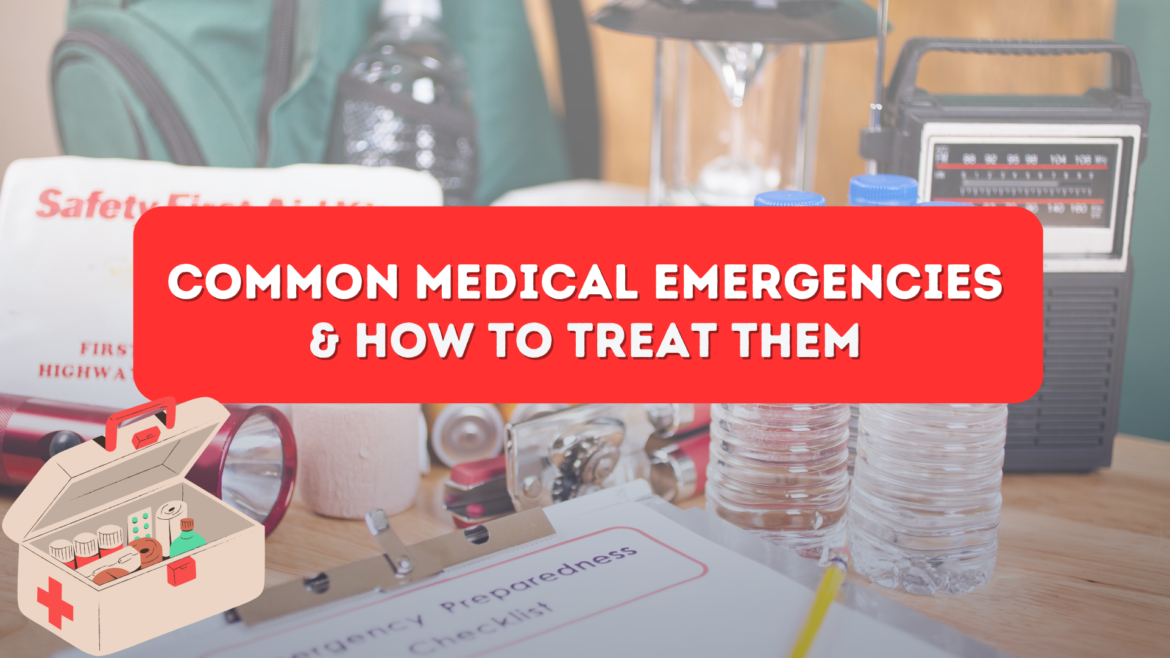How to Master Medical Emergencies in the Wild: Your Ultimate Survival Guide When you’re trekking through the wilderness, far from the comforts of civilization, a
Category: First aid
DIY Emergency First Aid Kit: What You Must Include
DIY Emergency First Aid Kit: What You Must Include When disaster strikes—whether you’re trekking through the wilderness or facing an unexpected crisis at home—a DIY
Survival Guide: Cough CPR – What You Need to Know
Discover the truth about Cough CPR, a technique often misunderstood as a life-saving method for heart attacks. Learn what it really is, where it’s useful, and the critical steps to take if you’re alone during a cardiac emergency.
Surviving the Heat: Coping with the Recent Heat Wave in South Asia
In recent weeks, South Asia has been grappling with an unprecedented heat wave, with temperatures soaring to record highs in both Pakistan and India. This extreme weather event has had severe impacts on daily life, health, and infrastructure, making it crucial to understand how to cope and survive during such harsh conditions.
What is a Tourniquet and why is it important in survival situations?
A tourniquet is a device used to stop serious bleeding in the event of an injury, such as a deep cut or gunshot wound. It can be made out of almost anything, including cloth, rope, rubber bands and even sticks. In a survival situation, having a tourniquet on hand could be critical for saving the injured person. When using a tourniquet, it’s important to remember that they should only be used as a last resort in extreme situations. When applied correctly, they can save lives, but when applied incorrectly, they can cause serious injury or worse.
Common medical emergencies and how to treat them
In this article, we’ll explore a variety of common medical emergencies and discuss the best practices for treating them. Whether you want to become more informed about what symptoms are worth worrying about or just better understand how to deal if something does happen, here’s all the information you need on how to take control of these situations.
Heart attack survival
When it comes to surviving a heart attack, medical intervention is key. Acting quickly and getting the right care can make a world of difference in your recovery. Here are some steps you should take if you or someone else experience signs of a heart attack:
If you see someone having a heart attack, it is important to take quick action. First, call 911 (or your local emergency service) immediately and provide your location and the details of the situation. Take note of any signs and symptoms they are exhibiting such as chest pain, shortness of breath, nausea or sweating.
How to Master Medical Emergencies in the Wild: Your Ultimate Survival Guide
How to Master Medical Emergencies in the Wild: Your Ultimate Survival Guide When you’re trekking through the wilderness, far from the comforts of civilization, a
DIY Emergency First Aid Kit: What You Must Include
DIY Emergency First Aid Kit: What You Must Include When disaster strikes—whether you’re trekking through the wilderness or facing an unexpected crisis at home—a DIY
How to Master Medical Emergencies in the Wild: Your Ultimate Survival Guide
How to Master Medical Emergencies in the Wild: Your Ultimate Survival Guide When you’re trekking through the wilderness, far from the comforts of civilization, a







